20 best wilderness areas to visit in spring
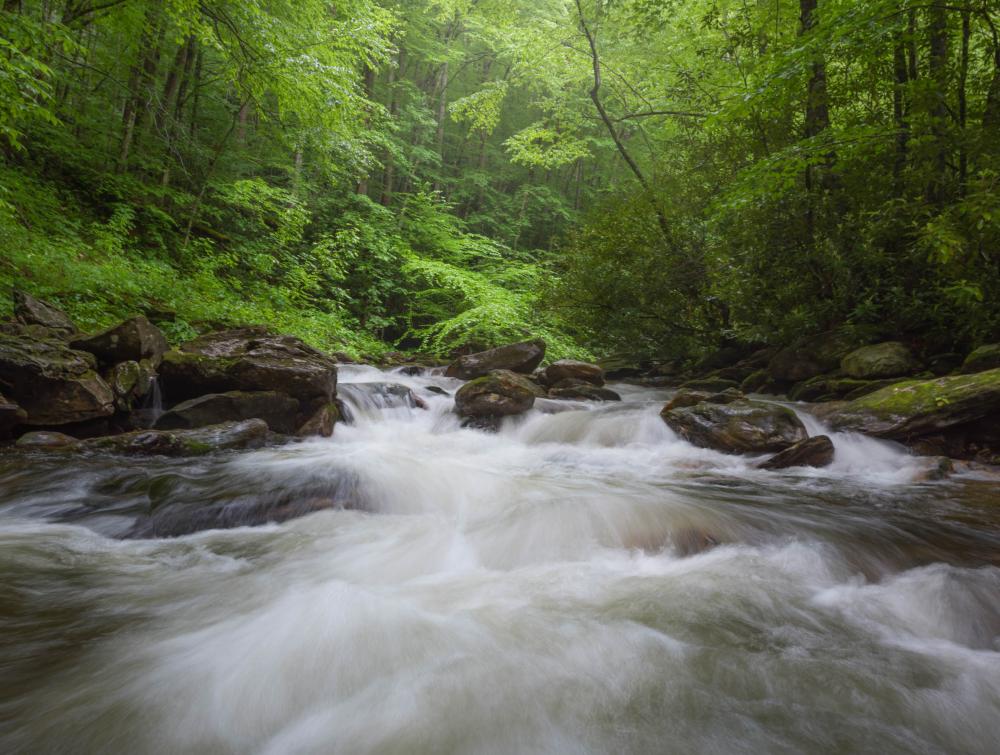
Pisgah National Forest, NC
Mason Cummings, TWS
Designated wilderness areas are delightful places to experience the magical unfolding of spring.
Wild lands offer magnificent destinations for outdoor recreation - whether it's hiking, wildlife-watching, climbing, canoeing or snowshoeing.
1. California's Hain Wilderness for rocky caves and climbs.
These lands make up more than 80% of Pinnacles National Park, where visitors can enjoy rock spires, Chalone Peak, creeks, canyons and caves.
Pinnacles is also known for its wildflowers, condors and challenging rock climbing opportunities – certainly too much to take in in one day so thankfully there are camping facilities as well. Summer heat can be intense here so spring is the most popular time to visit.

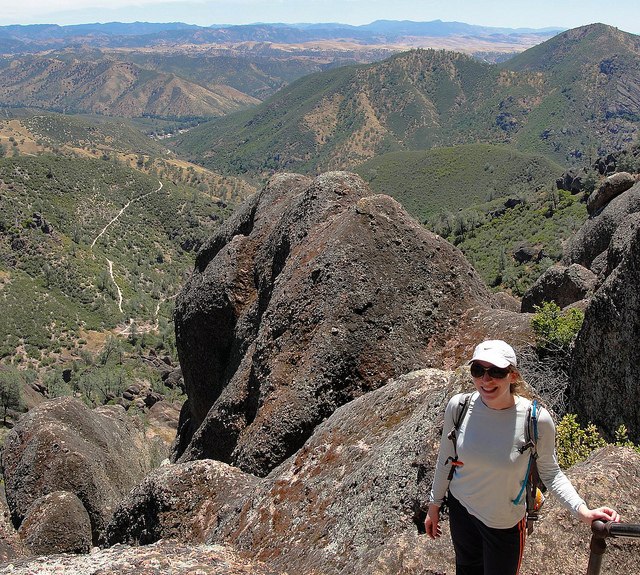
High Peaks Trail in Pinnacles Wilderness. Credit: MiguelVieira, flickr.
2. California's San Rafael Wilderness for boating.
In the mountains of north central Santa Barbara County is the first primitive area to be reclassified as American wilderness. Enclosed within the Los Padres National Forest, this historical land also has the oldest sanctuary for condors.
Its Mediterranean climate makes it perfect for spring visitors, especially since many areas are closed during fire season July through November. Spring may also offer waters high enough for river runners, who can travel its Wild and Scenic Sisquoc River over waterfalls and past archaeological sites. Wildflowers are abundant March through June, as are campsites.

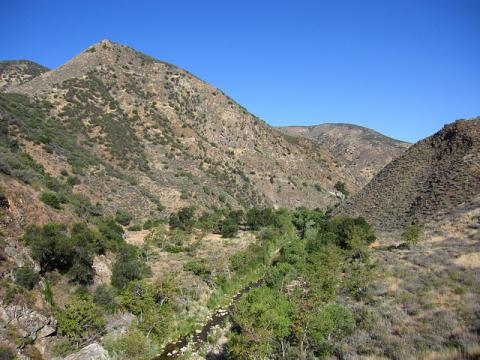
Sisquoc River in San Rafael Wilderness. Credit: cm195902, flickr.
3. California's Agua Tibia Wilderness for hiking.
ln Cleveland National Forest near San Diego is Agua Tibia Wilderness. Summer temperatures can rise above 100 degrees, so spring is an ideal time to enjoy its normally dry slopes, which may even be flowering from recent rains.
Hikers that venture onto its Dripping Springs Trail will cross Arroyo Seco Creek and climb Agua Tibia Mountain, where their 7-mile trek is rewarded with magnificent views of southern California’s mountains. Be advised that campfires are not allowed in this arid region.
4. California's Beauty Mountain Wilderness for wildlife viewing.
Beauty Mountain Wilderness encompasses the rugged slopes of Beauty Mountain, a gigantic plateau and deep canyons. In addition to stunning geographic features, its Million Dollar Spring is considered one of the most immaculate watersheds in southwestern California.
In this fast-growing region, this spacious wild land offers spring visitors the chance to witness unique wildlife, including the endangered California gnatchater and Quino checkerspot butterfly.
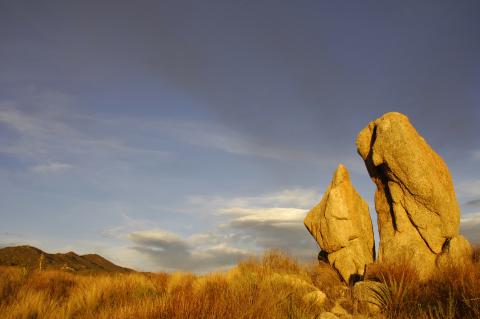

Beauty Mountain Wilderness. Credit: Douglas Steakley.
5. New Mexico's Pecos Wilderness for fishing.
Pecos Wilderness in north central New Mexico has been named one of the best places for backpacking in the West. With the peaks of the Sangre de Cristo Mountains, the Santa Fe and Carson National Forests as well as canyons and mesas, the landscapes here are as diverse as it's wildlife.
Both pretty secluded and relatively accessible, this wilderness can be a great place for spring fishing, just be aware that there are camping restrictions on the lakeshores.

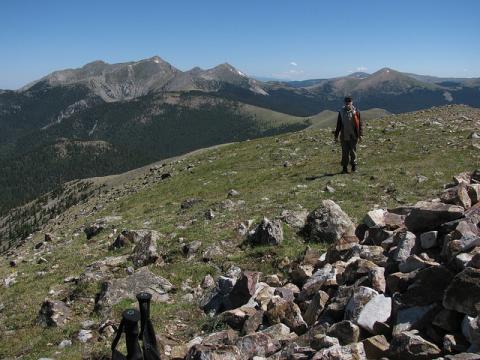
East Pecos Baldy Summit in Pecos Wilderness. Credit: justtoolazy, flickr.
6. North Carolina and Tennessee's Joyce Kilmer-Slickrock Wilderness for hiking.
Joyce Kilmer- Slickrock Wilderness fittingly stretches between two of America's most lovely forests - the Nantahala National Forest in western North Carolina and the Cherokee National Forest in eastern Tennessee.
"I think that I shall never see a poem as lovely as a tree," Joyce Kilmer once wrote.
In fact it is one of the largest tracts of old growth forest east of the Mississippi River with many trees hundreds of years old, which should all be bursting with green in spring. Camping is permitted anywhere in the small Tennessee portion of the Wilderness, but sections in North Carolina are closed.

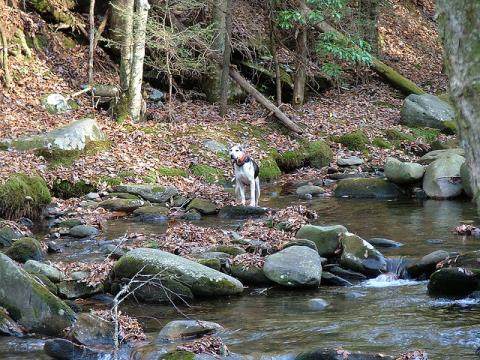
Joyce Kilmer-Slickrock Wilderness. Credit: cm195902, flickr.
7. North Carolina and Georgia's Southern Nantahala Wilderness for backpacking.
Southern Nantahala Wilderness crosses through Southern Appalachia's Chattahoochee National Forest in Georgia and the Nantahala National Forest in North Carolina. Four miles of the Appalachian Trail are the only developed trails in Georgia, but hikers can access roadbeds to venture into truly rugged woods.
In North Carolina, almost trails are challenging to find and to traverse, but well worth the backpacking adventure. And unlike more northernly destinations, this wild land's nighttime temperatures shouldn't drop too low in spring, making it a great camping destination.
8. Washington's Boulder River Wilderness for waterfalls.
Although Boulder River Wilderness rests in the North Cascades of Washington state, its lower elevation means the likelihood of snow in spring is diminished and waterfalls will likely be bursting with seasonal rains.
The Boulder River Trail is one of many that winds through the virgin Mount Baker-Snoqualmie National Forest. Narrow spires known as Three Fingers sprout up in the center, and wildlife such as black bears, deer, elk and mountain goats roam its lands.
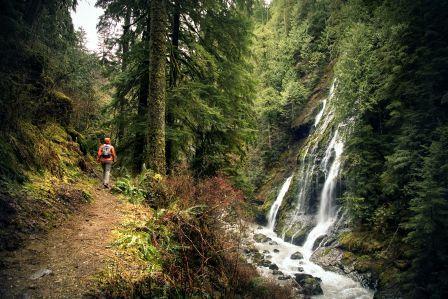
Boulder River Wilderness. Credit: Christopher Cumming.
9. Washington's Mt. Baker Wilderness for snowshoeing.
East of Seattle and west of North Cascades National Park, fourteen glaciers cover towering peaks like the volcanic Mt. Baker.
The Mt. Baker Wilderness is an ideal destination in spring for mountain climbers and winter recreationists who want to make the most of the end of the cold season. Artist Point is renowned for snowshoeing and trails in the valley remain very popular year-round.
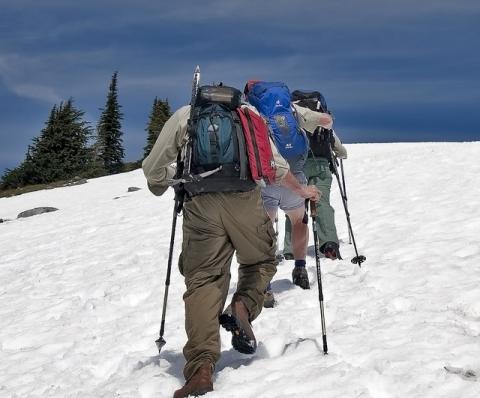

Volunteer Wilderness Rangers hike up snowy Granite Mountain in Mt. Baker-Snoqualmie National Forest. Credit: USDAgov (Kelly Sprute), flickr.
10. Florida's Marjory Stoneman Douglas Wilderness for canoeing and wildlife viewing.
Most of Everglades National Park is designated as Wilderness, and it's less humid to visit earlier in the year. These marshes are home to splendid wildlife such as alligators and numerous colorful birds like flamingos, egrets and ibis.
From the main access road, you can access trails from one to thirteen miles in length. Or you can take a canoe on the Wilderness Waterway through the saltwater bay to see almost every creature that lives in the Caribbean, including sea turtles, dolphins, sharks and manatees.

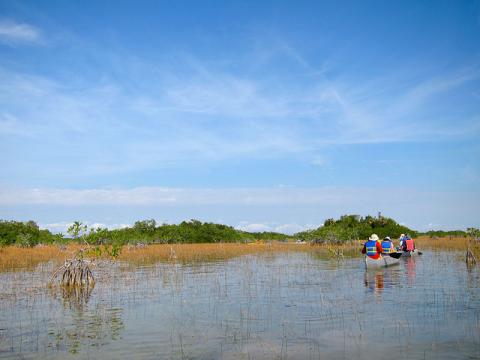
Nine Mile Pond Canoe Trail in Everglades National Park. Credit: MiguelVieira, flickr.
11. Arizona's Sycamore Canyon Wilderness for wilderness vistas.
Winding for over 20 miles along Sycamore Creek, this is one of Arizona's most spectacular canyons with layered walls of red sandstone, white limestone and brown lava. The creek supports habitat for ring-tailed cats, black bears, mountain lions, canyon wrens and rattlesnakes.
The 11-mile Sycamore Rim Trail Loop offers stunning views. Summers can be unbearably hot, so spring is ideal, but be sure to bring plenty of water regardless of when you visit.
12. Texas' Indian Mounds Wilderness for wildflowers.
This place is named for unusual "hills" that are the result of natural processes. Visitors can also enjoy old-growth trees, groves of American beech trees or the yellow lady's slipper orchid.
This is a good spot to take your horse, or you can access some parts via the nearby reservoir on your boat. As most are aware, Texas isn't the most hospitable in summer months, so planning for spring instead is a worthwhile idea.

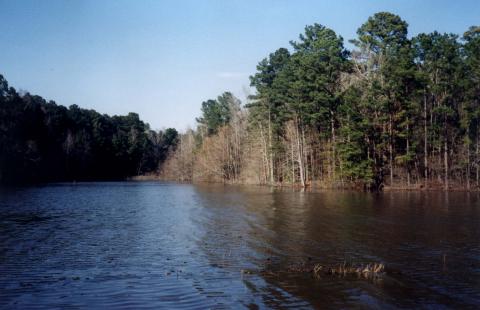
Indian Mounds Wilderness. Credit: Friends of Allegheny Wilderness/Kirk Johnson, wilderness.net.
13. Minnesota’s Boundary Waters Canoe Area Wilderness for ice fishing.
While this popular wilderness is well-visited year-round, that is good reason to consider a pre-season tour. Not only will there be less people, making for a quieter escape, but there will also be less pesky mosquitos.
Early spring will likely still be icy, so you could enjoy the joys of winter here, including dog-sledding, snowshoeing and ice-fishing. Ice melts away between mid-April and mid-May, giving way to canoeing, hiking and wildflower hunting. Because of this unpredictability, permits are also free before May 1st.

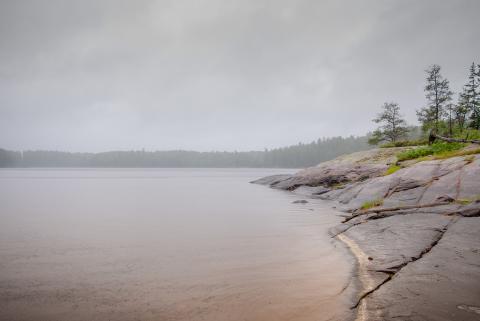
Iron Lake at Boundary Waters. Credit: Robert S. Donovan, flickr.
14. Idaho and Montana’s Selway-Bitterroot Wilderness for wildlife and rafting.
While you may not be able to access this wilderness until winter snows are plowed off the roads, this area will be sweltering by mid-summer. Natural hot springs entice hikers looking to ease the chill of early spring, and by mid spring wildflowers will be abundant.
Spring is peak time for hunting here, and wildlife sightings may include bears, elk, moose, deer and wolves. The Selway River also has trout fishing and boating for expert rafters.
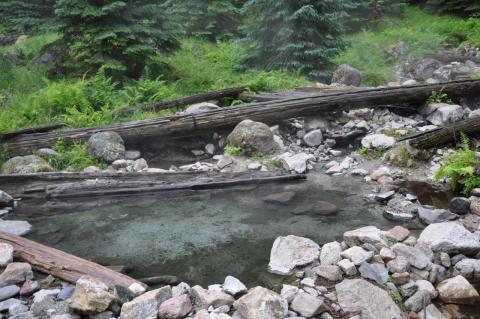

Stanley hot springs in Selway-Bitterroot Wilderness. Credit: araddon, flickr.
15. Utah’s Zion Wilderness for waterfall-filled canyons.
Zion is beautiful in winter, but will become easier to access as the heat increases. Snowmelt creates gorgeous waterfalls and pools. Spring will be the most comfortable time to visit for in summer temperatures regularly exceed 100 degrees - and seasonal flash floods during that time can be terrifying.
Zion is renowned for it’s breathtaking geology, including canyons that host an oasis of desert plants, trees and wildflowers.

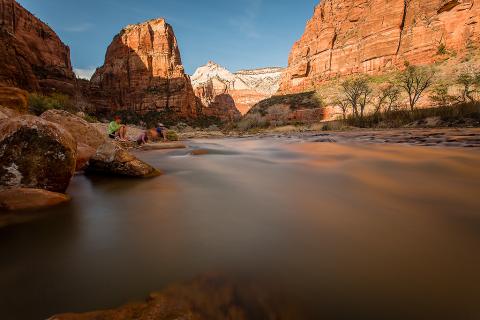
Zion Wilderness. Credit: Joseclm, flickr.
16. Colorado’s Black Ridge Canyons Wilderness for hiking.
Waterfalls and swimming pools are part of the blessings of spring runoff in Black Ridge. This wilderness has the second largest concentration of natural arches in the world, so its hikes are incomparable.
Located inside McInnis Canyons National Conservation Area, Black Ridge’s red rock canyons and cliffs offer easy to challenging hikes. Lucky visitors may also spy golden or bald eagles soaring overhead.
17. Oregon’s Spring Basin Wilderness for wildflower hunting.
As its name suggests, spring is the best time to visit this wilderness. While stunning views and amazing wildlife are here year-round, only in spring can visitors spy a plethora of desert wildflowers. Green hills boast pink phlox blooms and magenta flowers on cacti from late April to mid-May.
In addition to gorgeous plants, Spring Basin provides habitat for animals like bobcats, coyotes, cougars, golden eagles and red-tailed hawks. Hiking, horseback riding and hunting are other reasons why wilderness lovers enjoy this destination.

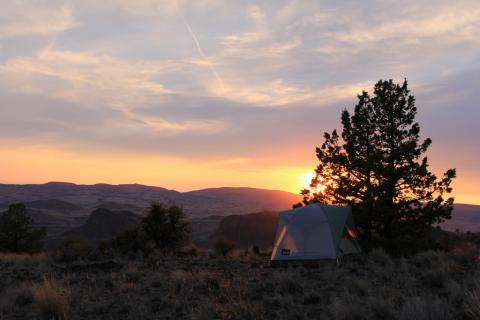
Spring Basin Wilderness. Credit: BLMOregon, flickr.
18. California’s San Mateo Canyon Wilderness for solitude.
San Mateo Canyon receives most of its rain by early spring, ushering in a bounty of beautiful blossoms.
This wilderness areas isn’t visited very frequently so visitors will find solitude and respite, making it also easier perhaps to view some of its abundant wildlife, including 139 bird species and 46 reptile and amphibian species. Those who visit in spring must be wary of flash floods, however, especially in narrow canyons.
19. California and Nevada’s Death Valley Wilderness for sand and stars.
The hottest place on Earth is quite pleasant in spring, and this is one wild destination that should be on every American’s bucket list. Elevations range from the 11,049-foot Telescope Peak to the lowest on the continent - the Badwater area almost 300 feet below sea level.
Its massive sand dunes may pale in comparison to the beauty of its legendary blooms which arrive only in spring. Most wildlife comes out at night, when skies offer some of the best views of stars in the country.

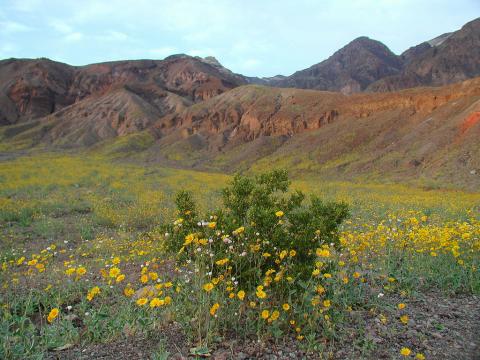
Wildflowers in Death Valley Wilderness. Credit: outdoorPDK, flickr.
20. Missouri’s Devils Backbone Wilderness for picnics.
Dogwood, redbud and serviceberry trees burst with colorful flowers in spring. This isn’t surprising as there are three springs, one of which produces an average of seven million gallons of water a day alone.
These waters run into the North Fork White River, which visitors can launch their canoe into at the neighboring North Fork Recreation Area. Fishing, camping and picnicking are also delights to be enjoyed here in spring.

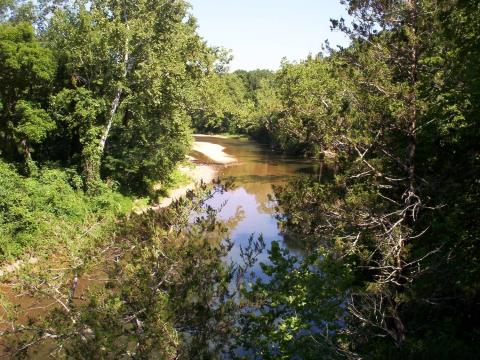
Devils Backbone Wilderness. Credit: Kale Horton, wilderness.net
